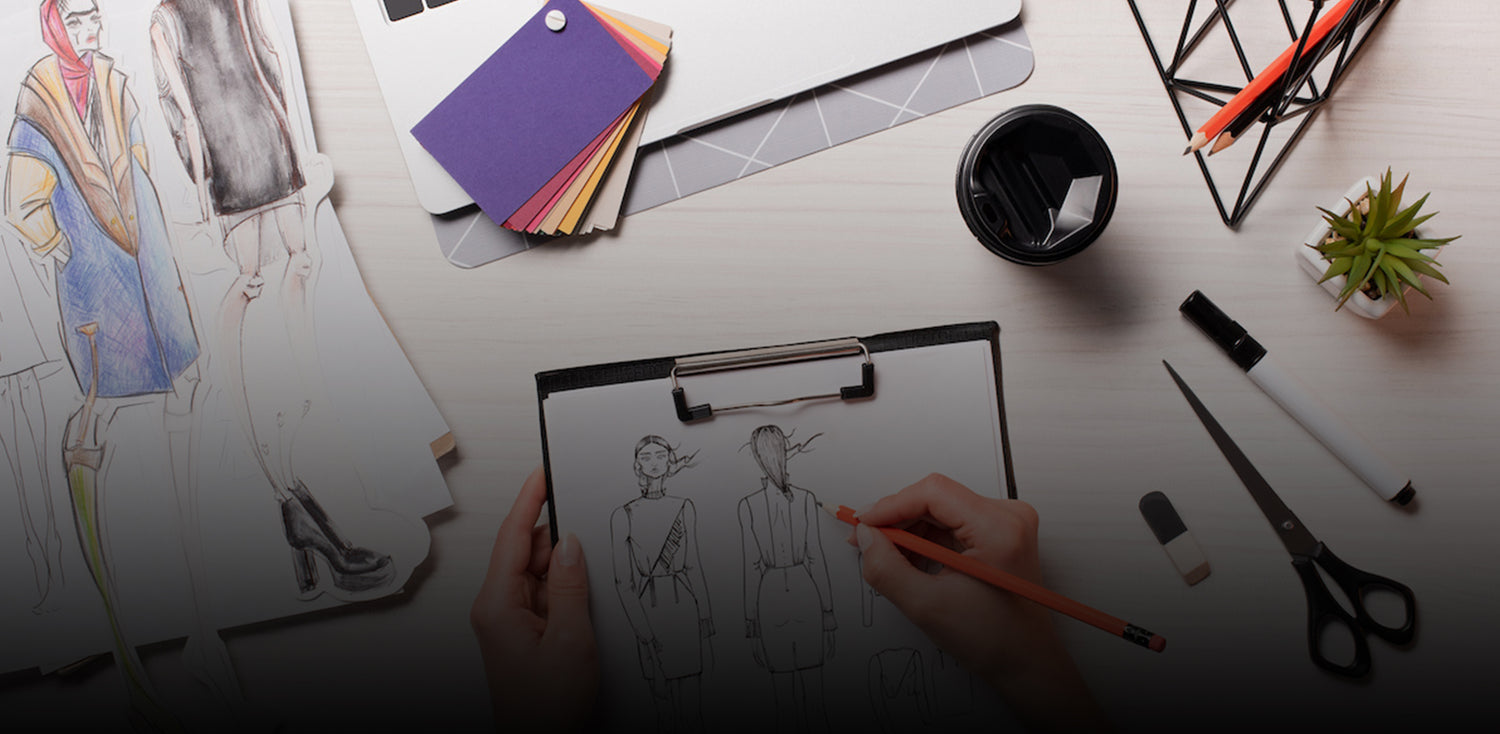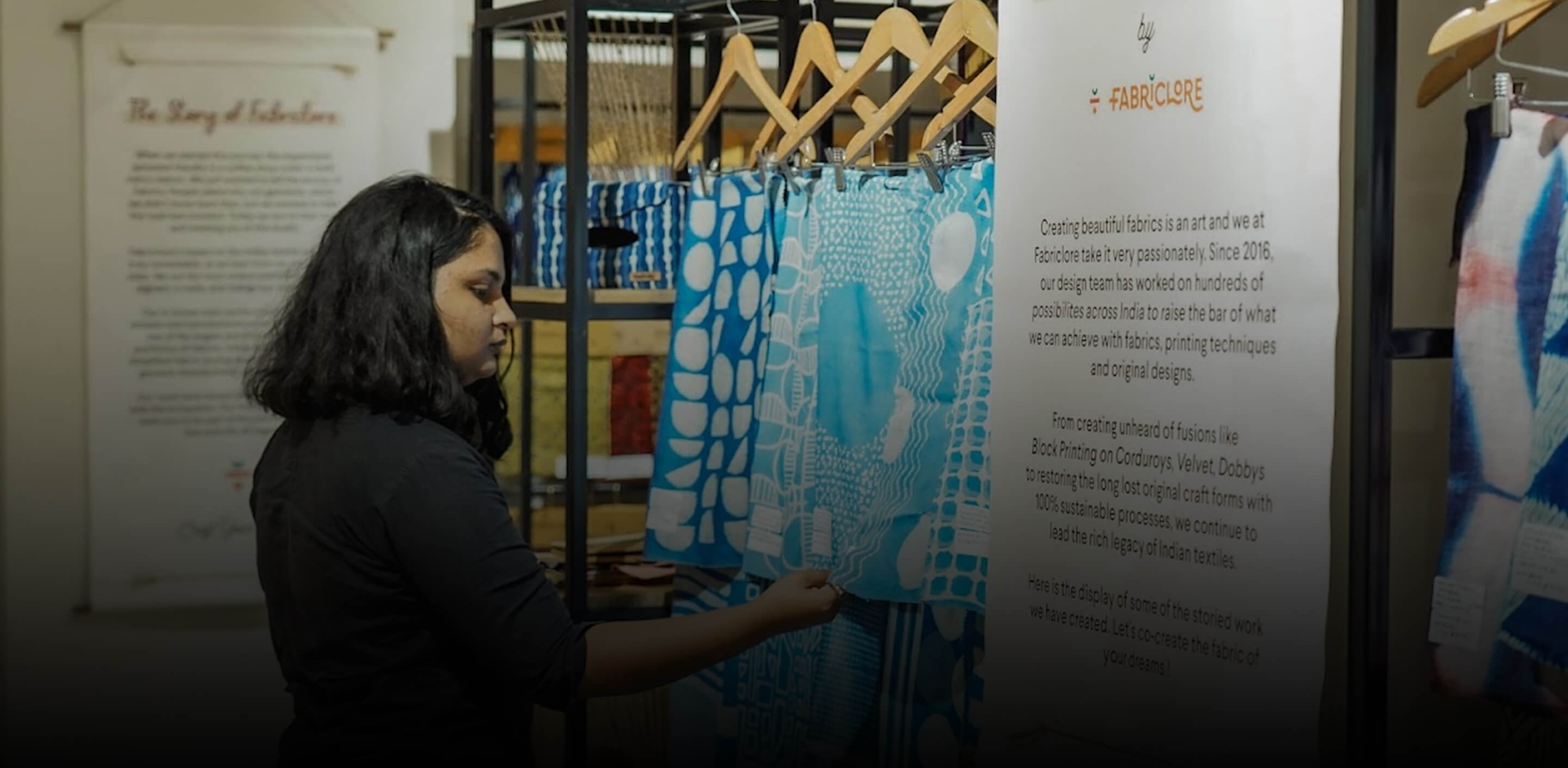It takes a great amount of skills to create a pattern for your Clothing manufacturing. The details, as well as the pattern technique behind every piece of clothing, ensure specification with minimal errors.
Once you finish designing your outfit, your art must be needed to turn into a technical image prior to creating patterns.
For people who are new to creating patterned fabrics, there are abundant resources and guidance that can help you in the process. We know that it takes a lot of knowledge and fundamental sensibility of garment manufacturing in order to interpret a design. If we see the most significant aspect of a good design a dress is pattern creation. This ability of pattern-making links to a diverse design to manufacture by making paper samples for all elements like fabric, fusible and hemming.
To get proper knowledge, Fabriclore provides you with an easy guide of essentials that are needed for pattern making and why it is significant.
Essentials of Pattern Drafting
Creating Fashion Patterns

The individual who will be wearing the clothing is quite pleased with how well it fits thanks to the drafting process. The time and effort put into creating one's own pattern may pay off in the form of increased knowledge and financial stability. Moreover, by taking on the fundamental pattern initially, one may easily make radical changes to fashion. Creating such a pattern may be done manually, or with the help of a computer that has been trained to do so depending on the user's input of relevant dimensions. The process is simple and the result may be obtained quickly.
Draping

As a method, draping aims to provide the user with an engaging and reliable experience. To create this, we conduct an extensive survey of important data about the user. Formerly known as "modeling," draping is now a more modern term. Draping was extensively employed in textile design and is often thought to have been the first technique ever utilized to make garment patterns.
Commercial designing

Commercially designed patterns provide fashionable clothing that adheres to current fashion trends and is tailored to a certain size range. Almost all of it is sold as toilet paper.
Most often, these patterns are employed to indicate the width of a shirt's neck opening, the size of a child's or woman's chest and breasts, and the circumference of a garment's waist, hips, and length. If you want to create your own clothing line and have the drive to see it through, commercial designs are a terrific resource.
How crucial is pattern creation in the clothing industry?

Patterns are used to cut out the necessary pieces of cloth and construct the garment. The primary purpose of a pattern is to facilitate the quick production of several products in a consistent manner. In order to avoid having to start from the beginning every time you want to repeat a pattern, it is helpful to first create the pattern. Because of recent technological advances, there are a plethora of programs available for efficient and quick pattern production.
This design work will make it possible to mass-produce garments rapidly and easily. Clothing or garments are the first things that spring to mind when you consider fashion design.
This means that the production of clothing items is central to the fashion industry. Different types of seams, understating machinery, and garment stitching are all included. Because creating patterns and making garments are the backbone of the garment manufacturing sector, mastering these processes is essential. To draught patterns, one must have a thorough understanding of the garment from every angle. In modern education, pattern development is also emphasized for its practical use in the fashion industry.
FAQ
How important is a pattern maker?
In order to understand the fall and drape of the cloth and create aesthetically pleasing templates, patternmakers need to have a fundamental knowledge of stitching and fabric. Technical designers and patternmakers use muslin cloth and drafting and flat-pattern techniques to create patterns.
What is the most needed in pattern making?
Create whatever kind of design you choose, and you can thank the dart. They bend the two-dimensional fabric into a shape that rests comfortably on the body's bumps.
We also happen to be a magnet for suggestions, and would love to catch yours….throw us yours on hello@fabriclore.com





